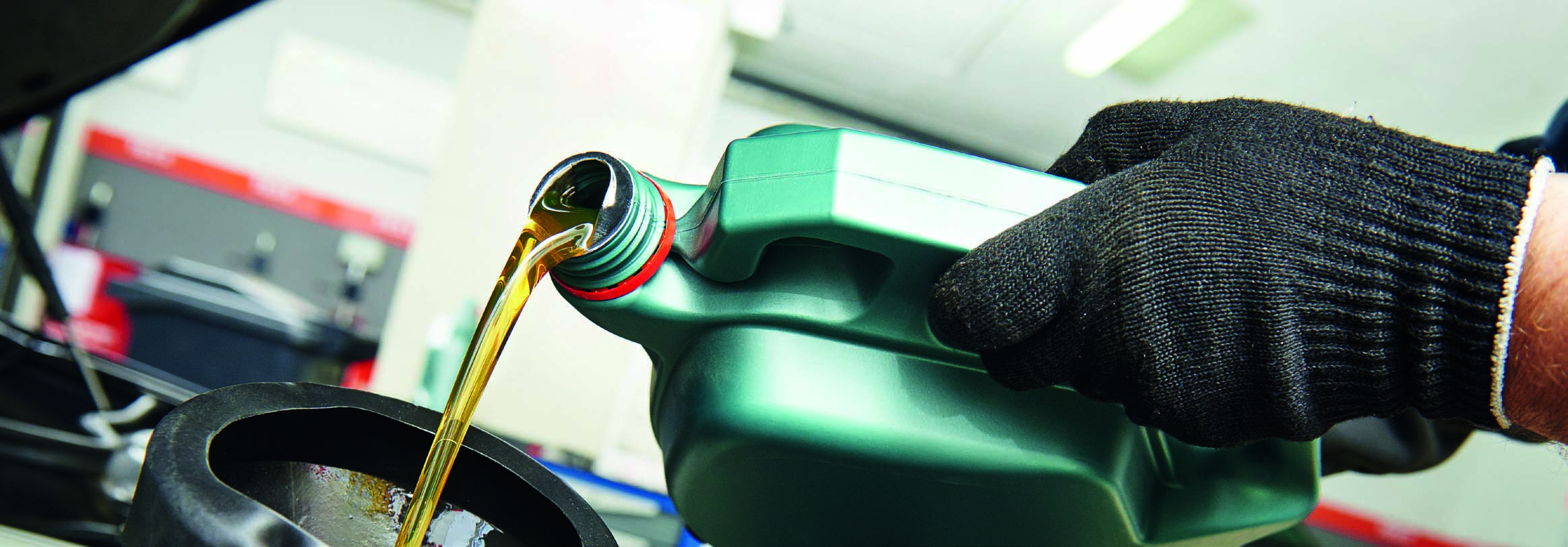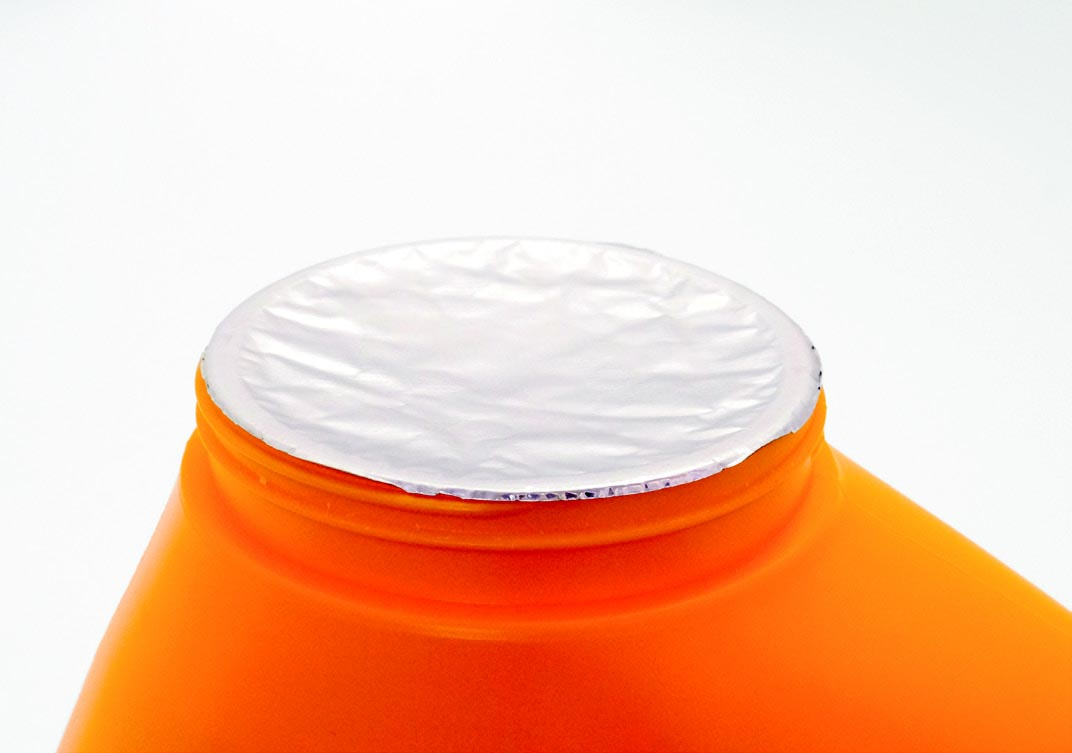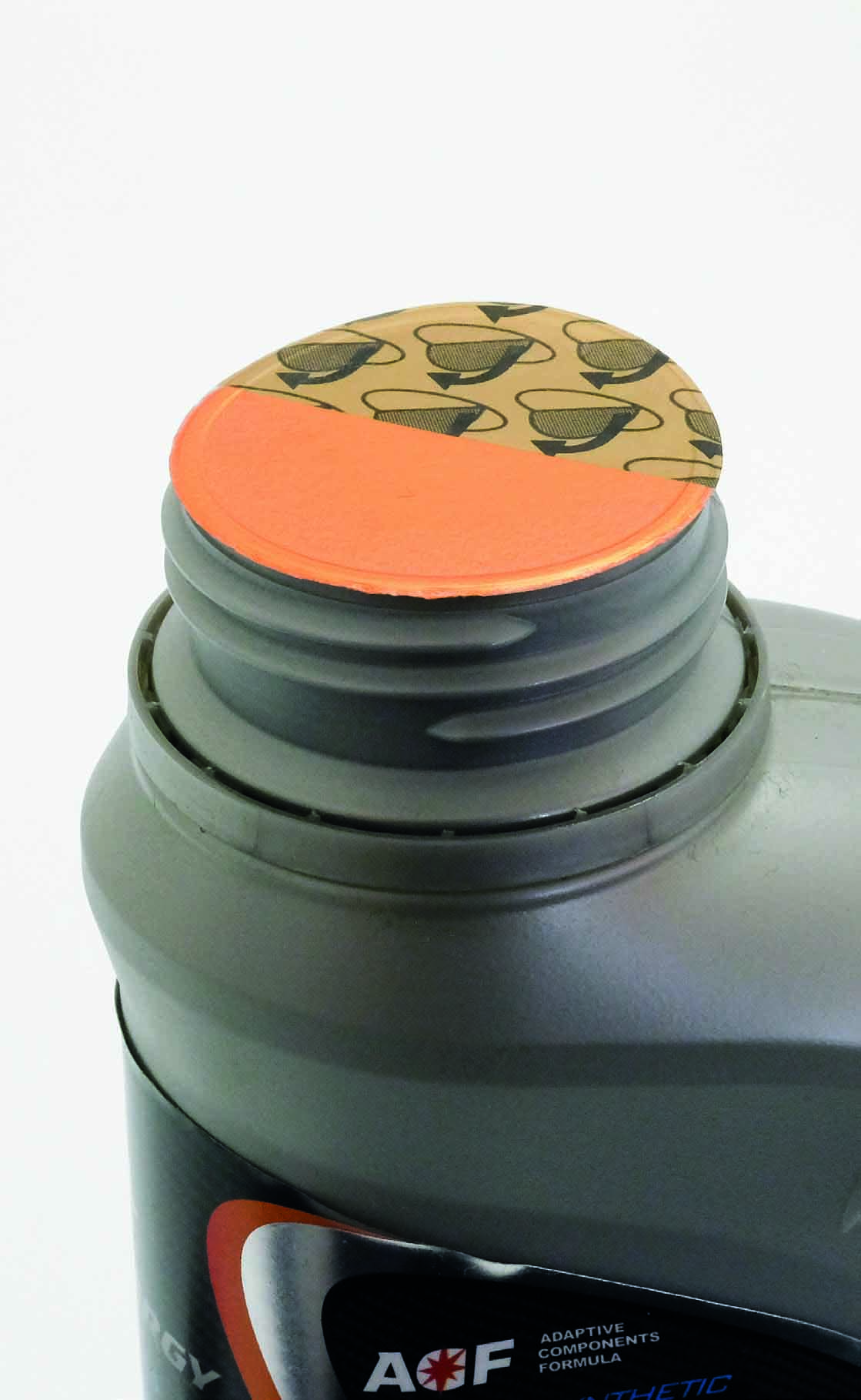Customer Support
Menü
About
Menü
Induktionsversiegelung im Markt für Automobil-Flüssigkeiten

Companies supplying automotive fluids were among the first to recognise the benefits of induction foil sealing. Now, advances in the technology offer even greater opportunities to help companies improve the safety, security and environmental performance of automotive products.
Motor vehicles consume a variety of liquid products in addition to fuel. Those products include lubricating oils, hydraulic fluids for braking systems, anti-freeze for cooling systems, fuel additives and screen wash. In addition, many customers use a range of specialist cleaning products in the care of their vehicles, such as detergents, solvents
and polishes.
The safe, reliable and economical distribution, storage and use of these products depends on robust packaging systems with secure, effective closures. Automotive aftermarket products can be corrosive or toxic. Spillages can present health and safety risks to consumers, or staff working in the supply chain, and leakages can be costly, causing damage to adjacent stock.
For almost five decades, automotive product makers have relied on induction foil sealing to prevent leaks and protect the integrity of their products. Induction foil systems use a highly engineered laminate film which is usually installed inside the lid of a container prior to installation. Once the lid is in place on the filling line, induction coils are used to create eddy currents that heat a layer of aluminium foil within the structure of the seal. Heat from the foil melts the polymer layer on the underside of the film, which then cools to create a secure seal over the mouth of the container. The induction sealing process is fast, reliable and easy to incorporate into high-speed automated filling lines.

Benefits of induction foil sealing
While leakage prevention is often the primary driver for the adoption of induction foil seals in automotive products, the technology offers a number of other significant benefits.
New drivers for adoption
Beyond these well-established benefits, two important trends in the automotive retail sector are encouraging companies to adapt and extend their use of induction foil sealing technologies.
Emergence of e-commerce
First, there is the growth of new retail channels, including the supply of automotive products by supermarkets and general retailers, as well as the emergence of direct-to-consumer distribution and e-commerce. These channels place an additional premium on packaging security and spill resistance, since automotive products may be transported in smaller, mixed lots along with other items and may be carried by general purpose couriers or parcel delivery services.
These delivery modes increase the likelihood that containers are tipped or even inverted during transportation, or that they are exposed to bumps and shock loads. Leading e-commerce players support the use of induction foil sealing as best practice for the sealing of liquid products and protection of other packages shipped through their networks.
 Growing interest in sustainability
Growing interest in sustainability
Second, there is the rising importance of sustainability. The automotive industry is investing billions to reduce the environmental impact of its products, and that trend is extending into the aftermarket too. Induction foil sealing technologies create important opportunities for manufacturers to reduce both the cost and resource consumption of their products.
For example, using a foil seal to ensure the integrity of a container allows the adoption of lighter structures, for example, since there is less need for strength and stiffness at the closure. In food distribution, that approach has allowed the weight (and material content) of a 1 litre bottle to be reduced by as much as 14 percent1.
Seal system selection
 Selecting the most appropriate induction foil sealing solution for any application requires consideration of the physical and chemical characteristics of the product and packaging and of its mode of use. Induction foil seals are complex engineered components and each layer of the laminate serves a specific function, from creating a secure bond with the container to providing ease-of-opening, tamper evidence or anti-counterfeiting features.
Selecting the most appropriate induction foil sealing solution for any application requires consideration of the physical and chemical characteristics of the product and packaging and of its mode of use. Induction foil seals are complex engineered components and each layer of the laminate serves a specific function, from creating a secure bond with the container to providing ease-of-opening, tamper evidence or anti-counterfeiting features.
Seals are produced in single-part or two-part designs. In the latter design, the seal is supplied bonded with wax to a backing board. Heat from the induction sealing process melts the wax, allowing the parts of the seal to separate. The backing board is retained within the cap, serving a secondary sealing function once the primary seal has been removed from the container’s neck by the consumer.
In applications such as lubricating oils, the backing board may be made of an absorbent card or similar material. The small amount of product that soaks into the board improves its sealing performance in these applications. With corrosive or aggressive materials such as brake fluids, backing boards need to use special materials or coatings to prevent damage from the contents of the container.
Single layer seals are now being adopted in a growing number of automotive applications, especially for smaller container sizes and single use products, where there is less need for a resealable container. Advantages of these systems include lower costs, faster production cycle times and improved container recyclability characteristics. Single layer seals also allow greater flexibility in the filling line. This is important for companies dealing with large numbers of container sizes and those seeking to improve the agility of their manufacturing and distribution systems.








Vielen Dank, dass Sie sich ein Konto eingerichtet haben und uns damit die Möglichkeit geben, Sie noch effektiver und schneller zu bedienen.
Sie haben eine E-Mail erhalten, damit wir Ihr Konto verifizieren können.